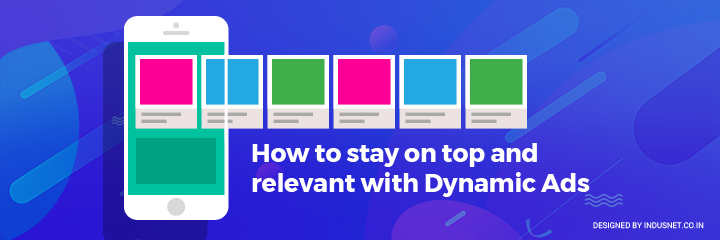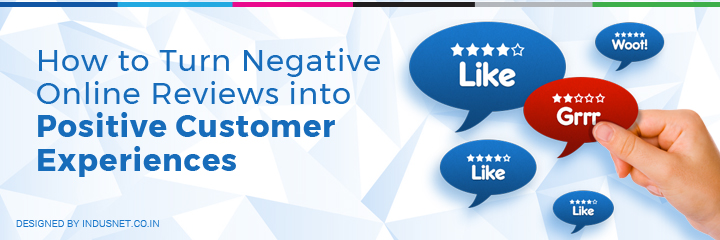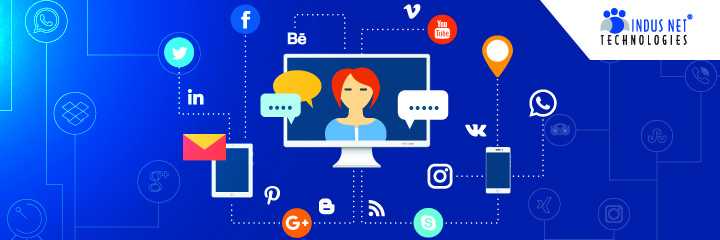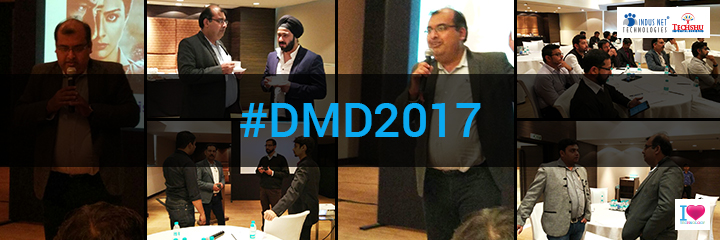
INT. – An evolutionary journey over 22 years!
Yesterday, Indus Net Technologies completed 22 years in existence. It has been an enthralling journey, though a slow one by today’s standards. Few thoughts: It has been an interesting journey. Some highlights and thoughts on the journey: – Headquartered and built out of Kolkata, which lacked a suitable eco-system, manpower, client base to build a tech business in the digital domain. In effect, we always discovered and/or created our way from the ground up. Think of it as a bunch of freshers with zero experience in building a company. This was repeated at every phase. Kolkata has come a long way since then, and so have we. – It was a bootstrapped business. We used the formulae of multiplying revenue by reinvesting. We continue to do so! – It was a service business. We did not know what a product business is when we started off. But, when we realized how important Intellectual Property (IP) is to business value creation, we invested in IP to strengthen and defend our business model. – We pioneered digital outsourcing for small business in our early days, created innovative marketing models and communication, which got copied by tens of thousands of aspirational digital entrepreneurs. We are not complaining. Imitation is the best form of flattery. – When the time came, we challenged the goliaths when we won deals against them, until it became a routine for us. Within the last few years, we have 40+ top brands from India engaged with us. – It has not been one business or the same business that started. It has changed several times over time to adapt to the industry, to adapt to client requirements, and to adapt to my own learnings and exposure. It started as a web hosting company, evolved into a web design and development business, further transformed into an agency for agency model, before it became a technology powerhouse for outsourced product development for enterprises (banking, insurance, public services, pharma). We continue to evolve! The one thing that has not changed is that – the undiluted focus on the client’s success. – It has evolved from a transactional business to an extremely strategic partnership-driven business. We serve less number of businesses, but serve them well, make bigger impact on the end-users in a more meaningful way. Today 85% of our business comes from existing clients and are retained business. – We have had many failures, which has taught us what not to do, or how to do things in the right way. We had our share of frustrations. – We have dabbled in venture building, digital education, our own charity, our own cricket tournament, and most interestingly our own digital success summit. These engagements keep us energized and open venues of new innovation, ideas, and expressions. – We invested in startups. We acquired companies. Some succeeded, some failed. We will keep exploring inorganic growth and improve the probability of our success based on our past experience. – Our team has also evolved with us. We have been able to keep most of our guys engaged for a considerable period with us in our journey. When we moved slow, the faster guys found a faster train. We moved fast, some slower guys were left out. We understand this is the nature of the business. We are investing and working to improve on this. – We are only getting started. We can see a solid growth path in front of us. We unfolded INT V2.0 in 2015. This was the first structured five-year plan. We learned that we need a shorter long-term plan. We are going to unveil INT V3.0 this year. The new INT. will be more aggressive, more focussed, flatter (as an organization structure), more open culture, more business domain centricity, and more fun. – We will continue to focus on learning, and spreading the knowledge; in cutting through the hype, misinformation, and bullsh*t, to empower businesses with real sustainable value. We seek all your support and guidance. On to next many decades… Thank you, everyone, for your on-going support. Keep showering your love and faith on us.








